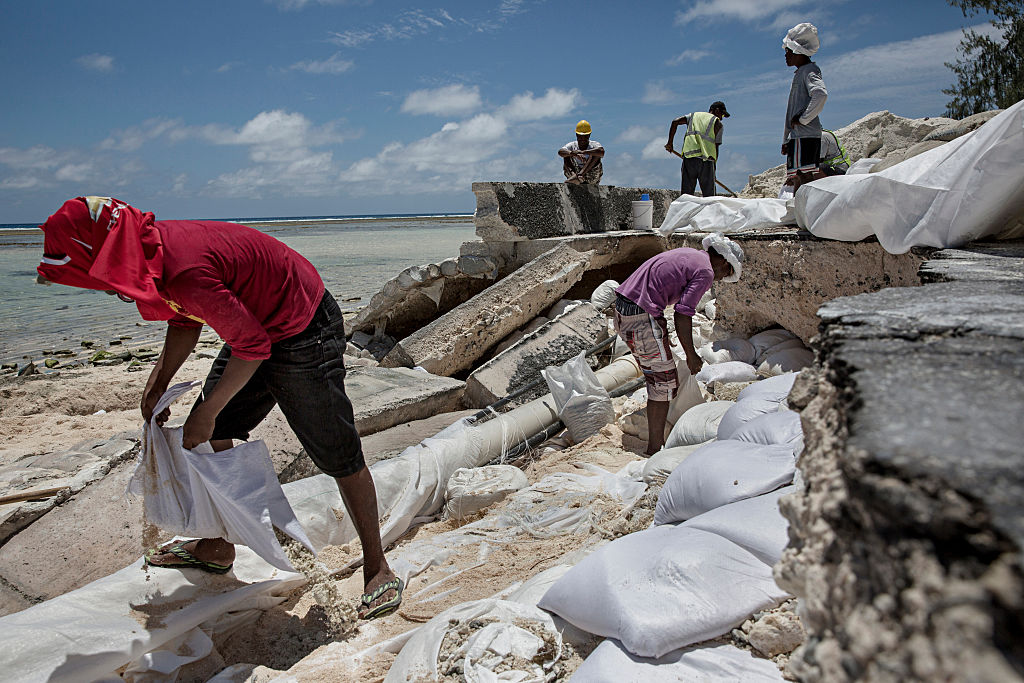
Climate change is expected to affect every country in the world, but its impact will not be felt equally across all regions and some will be worse hit than others because of a range of different threats.
Developing countries, places with widespread poverty, and countries with ineffective governments sometimes face the gravest risks from the changing climate, and are usually poorly equipped to find ways to prepare for and prevent environmental threats.
Measuring the future impact of climate change is very challenging, because scientists’ climate change projections cannot be completely exact and because there are many different factors that come into play such as the risk of extreme weather events and rising temperatures. There are other non-climatic factors that also determine how severely a city or country will be impacted by climate change. Niall Smith, who analyzes regions’ climate change vulnerability for the global risk consulting firm Maplecroft, tells TIME that it’s also necessary to weigh in what’s happening politically and socially in a region to figure out if the country can prepare.
“The places with the least level of economic development are certainly in line to feel the impacts with the greatest degree, partially just due to their geographic fate — or their location — but more so based on the socio-economic and governance factors,” says Smith.
Many developing countries are also uniquely vulnerable, says Kelly Levin of the World Resources Institute, “their livelihoods are dependent on natural resources. And if those natural resources are affected by climate change, their ability to feed their families and make a living is significantly impacted.”
To get a sense of the challenges different regions are facing, TIME spoke to experts about six countries and cities will be be particularly affected by climate change.
Lagos, Nigeria
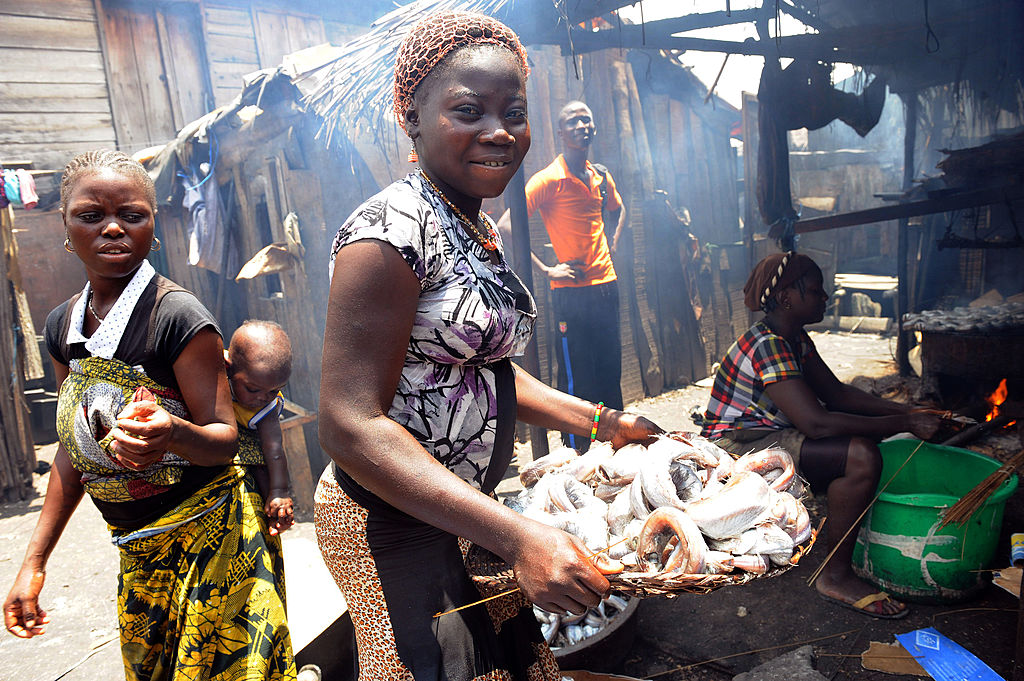
Lagos is at “extreme” risk on Maplecroft’s Climate Change Vulnerability Index. This is especially concerning because its population is expanding rapidly, and it is considered to be a major economic engine for the region.
The governor boasted that Lagos had reached a GDP of $136 billion in 2017, which is about a third of the entire country’s GDP. The city is also a major transportation hub, with multiple ports and a major international airport and is a regional hub for high tech industry. Lagos has “transformed” over the last 18 years, Lamido Sanusi, a former central bank governor, told the Financial Times last year. “In terms of roads, in terms of infrastructure, in terms of a general investment environment, in terms of security, the government has given people a greater opportunity to thrive.”
Lagos is also at a disadvantage because it’s considered to be one of the fastest growing cities in the world, which will put a “strain on infrastructure and resources,” according to Smith. Its population is projected to nearly double over the next 15 years, growing from its current population of 13,463,420 to 23,418,770.
In the future, Smith warns that Lagos residents will also experience more hot days and droughts.
Climate change could threaten the city’s economy. The city is especially vulnerable because it’s located on the Gulf of Guinea, says Levin. As sea levels rise, it’s likely to affect cause coastal erosion and contaminate potable water. This could harm local agriculture in the countryside and damage the country’s fishing industry, which could be dire in a country with “tremendous” poverty, Levin says.
“You could see more and more people moving in from the countryside because of loss of economic opportunity into a city like Lagos, which could make the whole situation more challenging,” Levin says.
If Lagos struggles, it could seriously reduce economic opportunity in the region.
Haiti
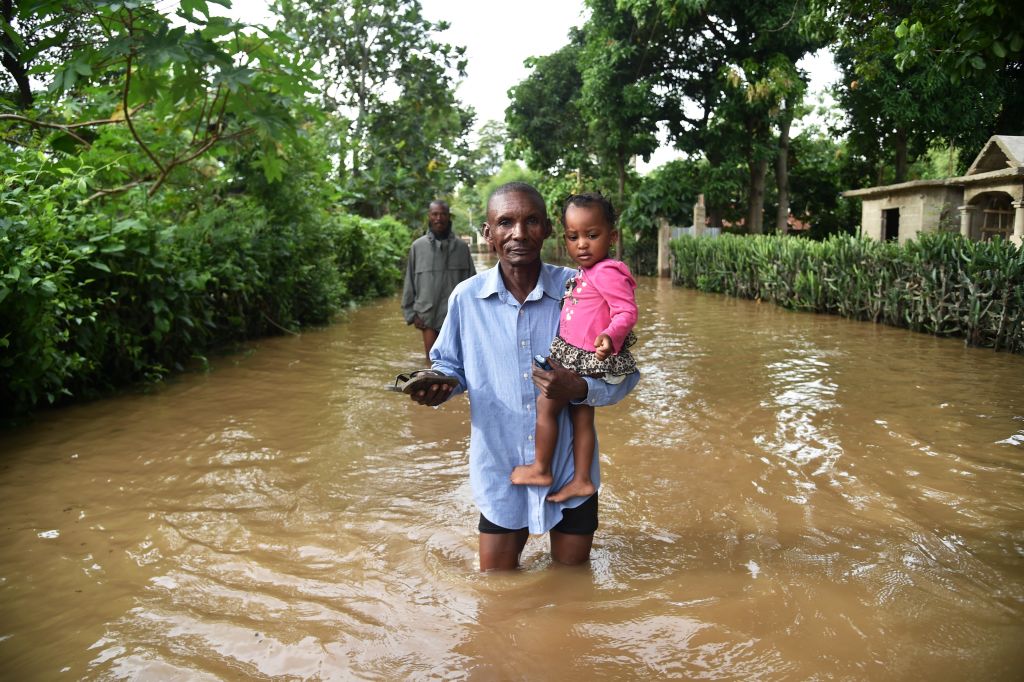
Climate change can be a “threat multiplier,” says Christina Chan, the director of the World Resources Institute’s climate resilience practice. This is especially true for Haiti. The island nation is located in the “Atlantic Hurricane Basin,” which means that it is vulnerable to hurricanes. In comparison to other projections on climate change, scientists are less certain about the link between climate change and hurricane frequency and intensity, but studies have suggested that hurricanes are likely getting wetter and more intense due to climate change.
Since Haiti is a very poor country, recovering from natural disasters and preparing for future storms is especially challenging. The devastation in Haiti after the 2010 earthquake and 2016’s Hurricane Matthew was compounded by the country’s lack of disaster preparedness. The disasters were major setbacks for the country’s economic development; the $8 billion price tag of recovering from the earthquake surpassed the country’s GDP, according to the Council on Foreign Relations.
The landscape is also heavily deforested and mountainous, which means it will be more susceptible to landslides.
According to Levin, Haiti will also struggle because the population is dependent on agriculture, and rising sea levels mean that salt water may contaminate freshwater. The United Nations warns that rising sea levels may cause saltwater to permeate farmland and freshwater supplies.
“There’s certainly a large portion of Haitians that are dependent on agriculture for their livelihoods and income. And if you have overall patterns of rainfall declines as temperatures rise, certainly that would impact farmers,” Levin says.
Yemen

Countries with weak institutions and governments are likely to find it especially difficult to adapt to climate change, says Smith. Since civil war broke out in Yemen in 2015, hundreds of thousands of people have been killed directly as a result of the conflict, but also due to the subsequent famine, poor sanitation and a lack of clean water, according to the United Nations. About 1.6 million children in Yemen are living with malnutrition in 2019, according to the UN.
Both war and climate change will make water shortages and famine more likely. According to a Untied Nations report, most contemporary famines result from armed conflict and are worsened by natural disasters.
As the report explains, “Parties to the conflict may use food as a weapon, cutting off food supplies, destroying systems of food production and distribution, and stealing food aid. Agricultural production falls, which both limits the availability of food and cuts off many rural houses from their livelihoods. And with higher levels of poverty, many families cannot afford the food they need, especially at inflated prices.”
Malaria is also becoming more common in Yemen, and may be exacerbated by rising temperatures. As Yemen has a long coast, it’s also vulnerable to rising sea levels, according to Levin.
An area to watch, says Levin, “Whenever you’re thinking about a country in that region… [is] the issue of rising temperatures impacting water scarcity, especially when it’s exacerbated by water management challenges and expanding population.”
As other countries work to curb their oil consumption, it may be a mixed blessing for Yemen, according to Levin. While lower emissions are believed to be necessary to limit climate change, it could also reduce demands for one of Yemen’s major imports — oil — which could impact Yemen’s economy, Levin says.
Manila
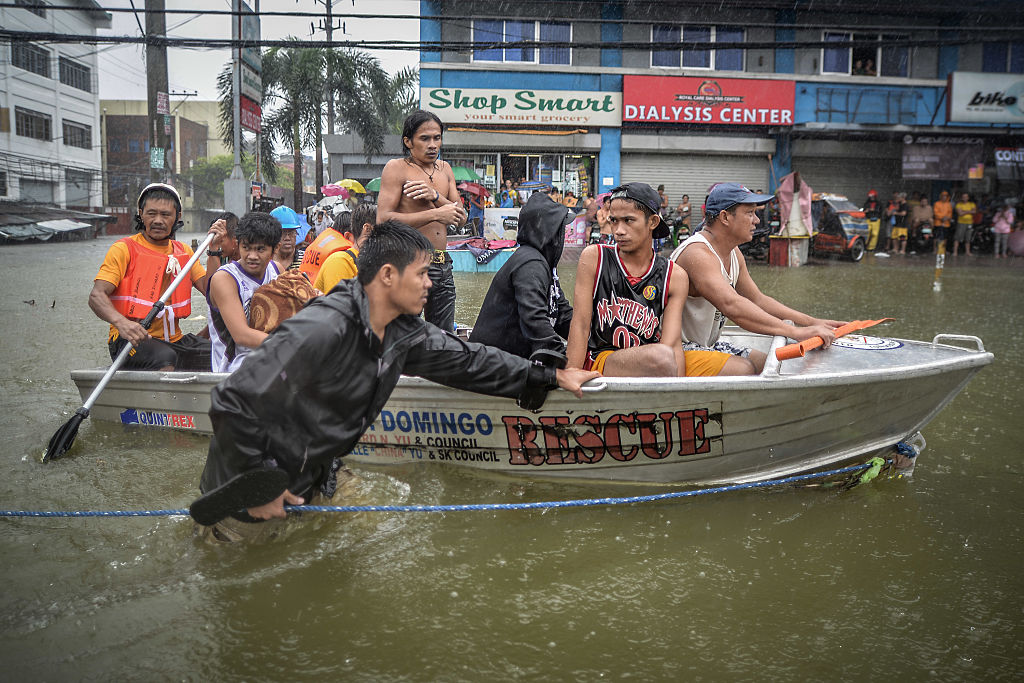
The Philippines faces a high risk of natural disasters, including earthquakes, tsunamis, floods, and especially hurricanes. Manila, which is located along the coast, is also densely populated, which makes it more difficult to evacuate, requires more social services and makes it more challenging to rebuild after a disaster. Poor infrastructure, including ineffective drainage and sanitation systems, has been blamed for the toll of floods in the city, including a 2009 flood that submerged 80% of the city.
However, Chan says that the Philippines is in fact on the “forefront of adaptation” to climate change, and have designated part of their budget to making their country’s agricultural sector and infrastructure more resilient, and preparing to respond to future disasters. For instance, the government launched a Flood Management Master Plan for Metro Manila in 2012, which aims to manage future floods by modernizing and building new pumping stations and investing in other infrastructure along waterways, according to the Asian Infrastructure investment Bank.
The Philippines have created a Climate Change Commission, which implements programs such as the National Climate Change Action Plan, a long-term strategy for prioritizing “food security, water sufficiency, ecosystem and environmental stability, human security, climate smart industries and services, sustainable energy, knowledge and capacity development.”
Kiribati

Rising sea levels mean that Kiribati may be wiped off the map entirely in the coming decades. The islands have even purchased 5,000 acres of land in Fiji in case they need to relocate.
While Kitribati, like many other countries, is taking steps to prepare for climate change, the Pacific island nation must also reckon with the fact that “for their island, adaptation will have its limits,” says Chan. The islands are only six feet above sea level and sit upon a system of atolls and reef islands, which means that rising sea levels are a threat to the nation’s existence.
This vulnerability has also spurred Kiribati to take serious steps in climate mitigation. Kiribati has allied itself with other vulnerable island countries to advocate for action to fight climate change, and taken other measures such as planting mangrove trees and building sea walls.
Meanwhile, Levin says, rising sea levels are likely to contaminate the island’s freshwater and harm its soil, which is not especially fertile for agriculture to begin with. The island’s vital fishing industry is also more vulnerable, as climate changes leads to shifts in the ocean, including coral bleaching; damage to the structure of reefs; marine “heat waves”; and other conditions that force marine life to move north.
United Arab Emirates
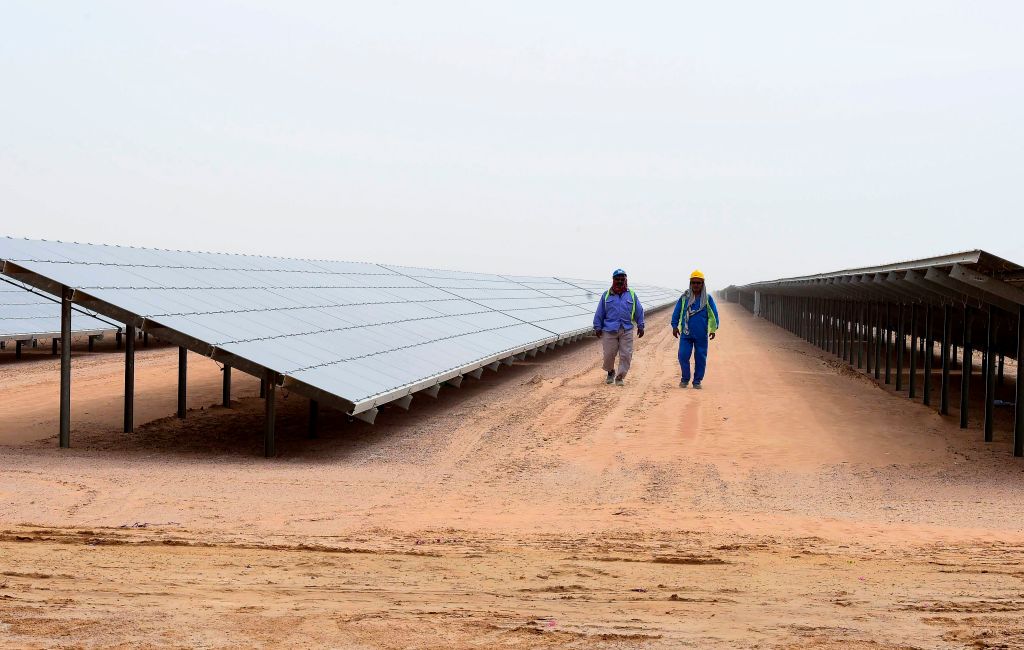
Like many of the other places on this list, the United Arab Emirates is facing many risks due to its location. Like Yemen and other neighboring states, the UAE is facing an “extreme risk” of water stress, according to Smith, and will need to spend a lot more energy on cooling.
Unlike many other countries facing these threats, however, the UAE is wealthier and is able to make sophisticated investments to blunt the impact of climate change. For instance, the UAE is working to produce its own fresh water, build temperature-controlled spaces, investments in green energy, and developing crops that can withstand hotter temperatures.
However, according to Levin, it remains to be seen whether these adaptations will reach Yemen’s entire population, because the country faces rampant inequality.
“The question is, will adequate investments be made in time, and will the poorest be able to enjoy the same kind of comforts as the rest of the population,” Levin says. “You can look at the face of a GDP of a given country. But that really masks tremendous inequality. It’s hard to necessarily say that one country’s in such a better position to withstand climate impacts.”
More Must-Reads From TIME
- The 100 Most Influential People of 2024
- Coco Gauff Is Playing for Herself Now
- Scenes From Pro-Palestinian Encampments Across U.S. Universities
- 6 Compliments That Land Every Time
- If You're Dating Right Now , You're Brave: Column
- The AI That Could Heal a Divided Internet
- Fallout Is a Brilliant Model for the Future of Video Game Adaptations
- Want Weekly Recs on What to Watch, Read, and More? Sign Up for Worth Your Time
Contact us at letters@time.com